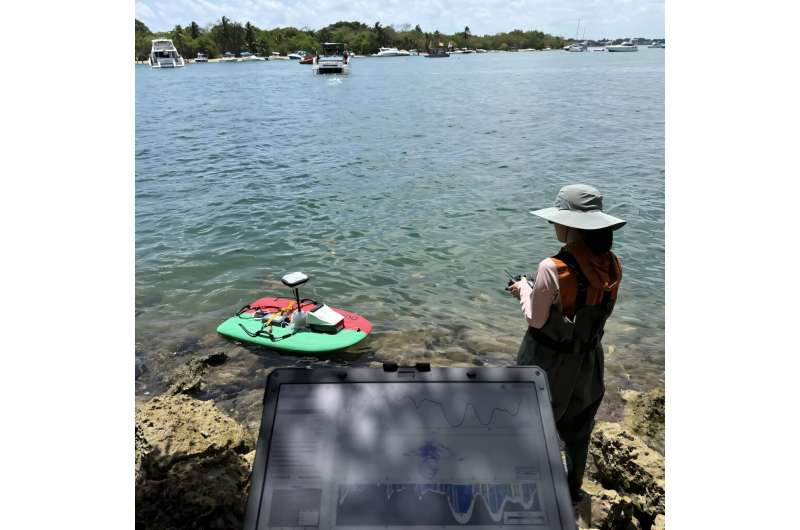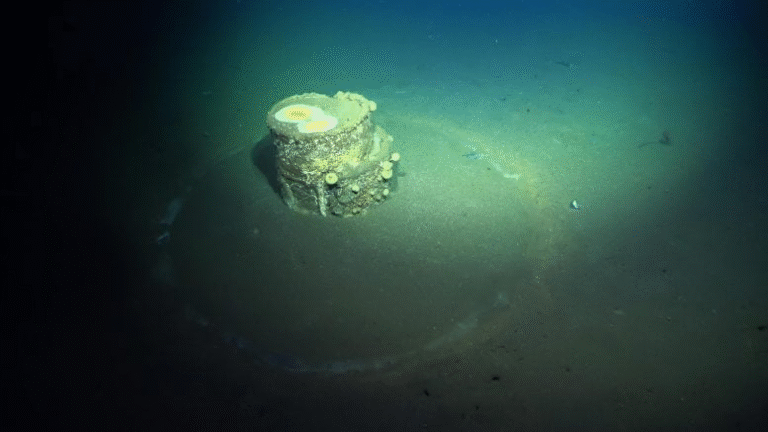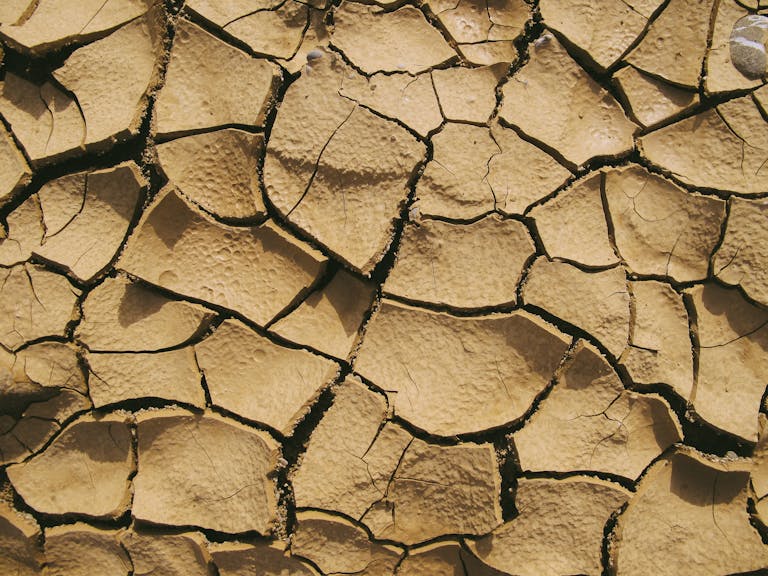How Hurricane-Driven Winds Reshape Biscayne Bay and Why Scientists Are Paying Close Attention

Biscayne Bay is often pictured as calm, clear, and postcard-perfect, but beneath its surface lies a complex world of moving water, shifting sediments, and delicate ecological balances. A new study led by Wei Huang, a physical oceanographer at Florida International University, takes a rare scientific look at what happens inside this bay when major storms strike. The findings reveal how hurricanes dramatically alter circulation patterns, move pollutants farther than expected, and affect long-term water management decisions for South Florida.
This article breaks down all the details of the research, explains the processes behind storm-driven circulation, and adds additional insights so readers can better understand why this work matters for both the environment and coastal communities.
What Makes Biscayne Bay So Unique?
Biscayne Bay spans almost the entire length of Miami-Dade County and borders the southeastern edge of the Everglades. It has seven major inlets, each acting as a gateway between the bay’s interior and the open Atlantic Ocean. Because of these multiple inlets, water inside the bay doesn’t simply flow in and out—it moves in complex, swirling patterns driven by tides, freshwater inflows from canals, and especially wind.
This mix of natural and urban influences makes the bay essential to tourism, fisheries, wildlife, and the communities lining its shores. But it also makes the bay vulnerable. When strong storms or hurricanes arrive, the balance is disturbed, and circulation patterns can shift in significant ways.
What Happened When Hurricane Irma Hit?
In the early hours of September 10, 2017, the waters of Biscayne Bay were relatively calm. Birds hunted the shallows, and the Miami skyline reflected on the turquoise surface. But as winds intensified and skies darkened, Hurricane Irma swept into South Florida. While many residents worried about flooding and property damage, scientists like Huang were focused on the bay itself—specifically, how Irma would disrupt its internal circulation.
Unseen from above, powerful winds can twist, push, and reshape the water inside the bay. These changes can determine how fish larvae travel, where sediments settle, and how pollutants spread. Irma provided a rare opportunity to scientifically document these shifts in detail.
The Modeling Approach Behind the Study
To understand what happened inside Biscayne Bay during the storm, Huang used high-resolution computer modeling. The model included:
- A horizontal grid covering the entire region, with detailed resolution inside the bay
- Validation using NOAA water-level stations
- Data from USGS and the South Florida Water Management District (SFWMD) for river and canal inflows
- A zoomed-in look at all the bay’s inlets and inter-basin transects
- Wind observations from a National Data Buoy Center station (VAKF1)
This setup allowed the researchers to reconstruct water levels, circulation patterns, and sediment movement during Irma with remarkable accuracy.
What the Study Found About Wind-Driven Water Movement
One of the most important discoveries is that wind plays a far greater role during hurricanes than during normal weather. In multi-inlet systems like Biscayne Bay, wind doesn’t just push water in one direction—it creates highly dynamic patterns of swirling and shifting currents.
Key findings include:
- During hurricanes, wind accounts for the majority of exchange flow between the bay and the ocean.
- Irma’s winds reshaped circulation patterns, causing water to move differently through inlets and between internal basins.
- These altered flows carried pollutants and sediments farther than usual.
- Marine life, including fish larvae, was dispersed into unexpected areas due to the altered currents.
- Circulation became more interconnected, meaning that the bay’s sub-basins exchanged more water with each other than under normal conditions.
In short, storms like Irma temporarily transform Biscayne Bay into a much more connected and fast-moving system.
Why This Matters for Water Management and Environmental Protection
South Florida’s water management system is complex. Freshwater moves from the Everglades through canals and eventually into the bay. That freshwater often carries pollutants—such as forever chemicals, nutrients, and sediments—that can accumulate over time.
Huang’s findings are important because they help decision-makers determine:
- How much freshwater should be released into the bay after storms
- Which areas are at higher risk of pollution distribution
- Where flooding impacts may intensify due to storm-driven circulation
- How to plan evacuations and mitigation for future storms
- How restored freshwater flows from Everglades projects might behave under extreme conditions
Understanding storm-driven movement is essential for protecting ecosystems like seagrass beds, mangroves, and fish nurseries that depend on stable conditions.
Expanding Beyond Hurricane Irma
Huang did not stop at Irma. She is compiling observations from 12 additional storms to identify whether the circulation changes seen during Irma are part of larger patterns. By analyzing storm after storm, her team hopes to discover long-term trends that can improve forecasting and risk assessment.
This work is especially significant for Miami and surrounding communities, which face increasing threats from sea-level rise, tropical cyclones, and extreme rainfall events.
Additional Background: How Multi-Inlet Bays Respond to Wind
Multi-inlet bays like Biscayne have several unique features:
1. Inlets Act Like Pressure Valves
They allow water to rapidly enter or exit the bay depending on wind direction and intensity. During strong winds, one inlet may push water out while another pulls water in.
2. Wind Can Override Tidal Influence
Normally, tides control much of the flow in and out of the bay. But during storms, wind can become the dominant force, pushing water long distances regardless of tidal patterns.
3. Sediment and Pollutant Transport Increases
Fast, wind-driven currents can:
- Stir up bottom sediments
- Move pollutants farther offshore
- Increase nutrient distribution, sometimes worsening algae problems
4. Ecosystems Can Be Temporarily Rearranged
When circulation shifts abruptly, fish larvae, plankton, and other organisms can be displaced into areas where they wouldn’t normally go.
These effects highlight why studying storm-driven circulation is so important for environmental resilience.
Why the Research Is Critical for South Florida’s Future
South Florida’s communities rely heavily on the health of Biscayne Bay. A decline in water quality can affect:
- Tourism
- Fishing
- Marine habitats
- Property values
- Flooding vulnerability
With climate change increasing the likelihood of stronger storms, understanding how these events influence the bay becomes a cornerstone of sustainable planning.
Huang’s work gives researchers and policymakers a more complete understanding of how water moves before, during, and after storms—and how those movements ripple across ecosystems and neighborhoods.
Research Paper Reference
Wind-Driven Exchange Flow and Inter-Basin Connectivity in a Multi-Inlet Bay During Hurricane and Non-Hurricane Periods — https://doi.org/10.1016/j.ocemod.2025.102624





